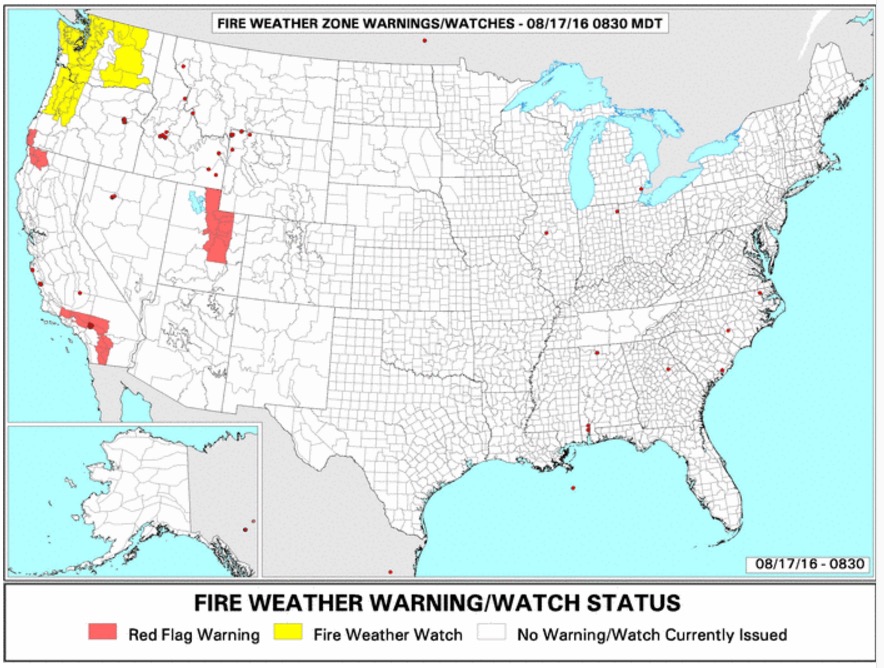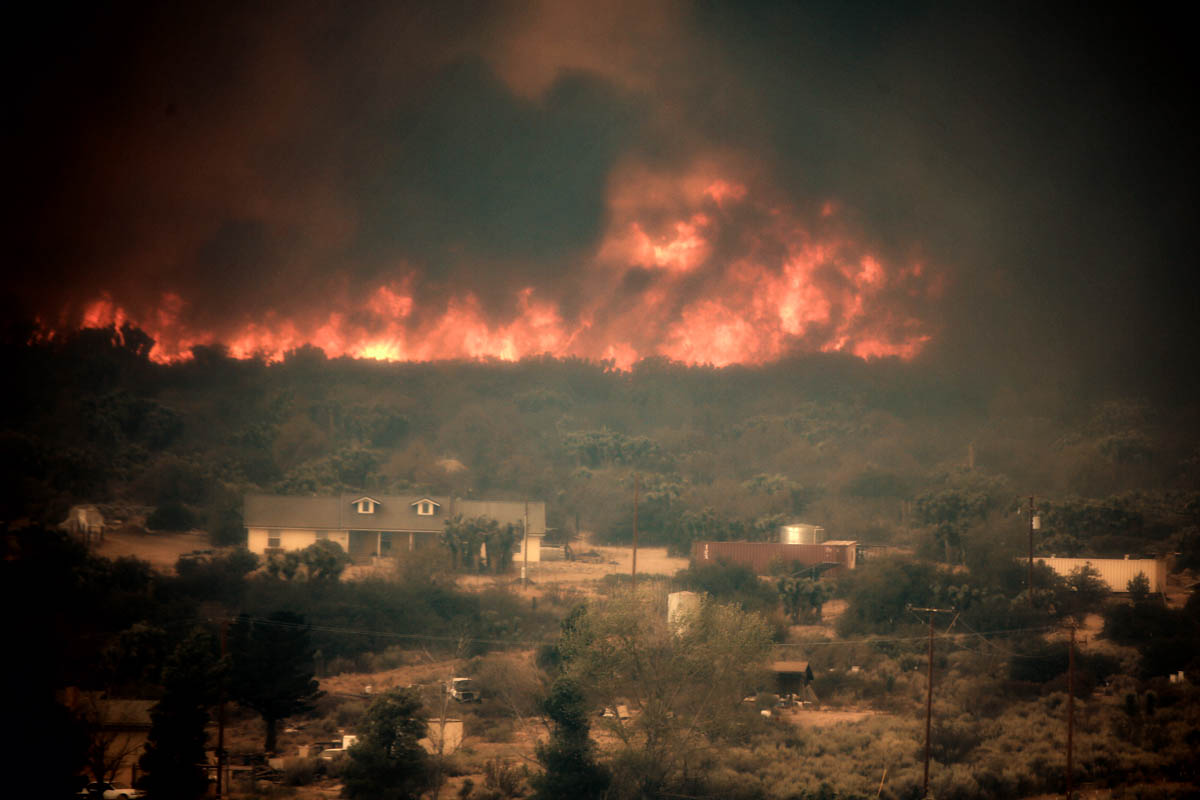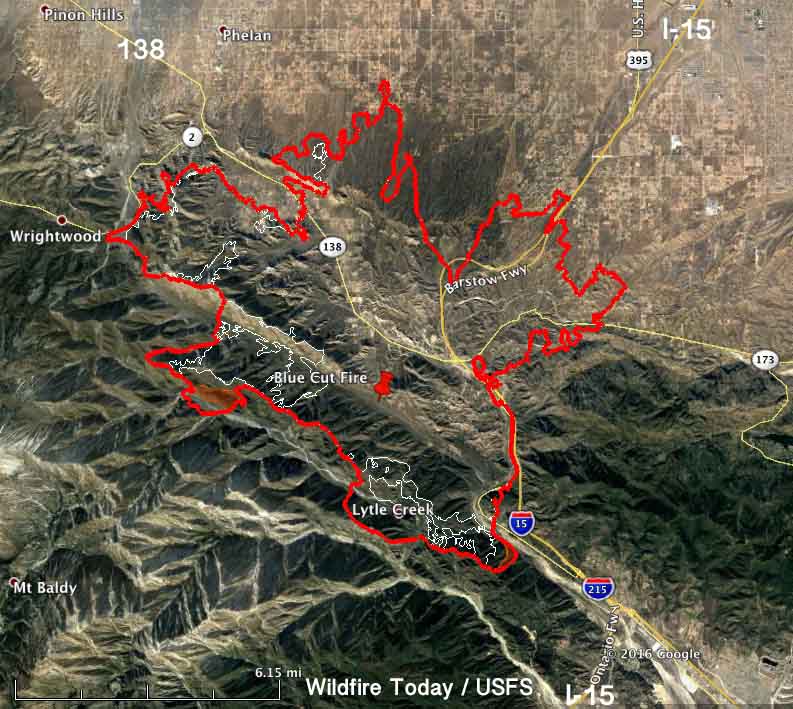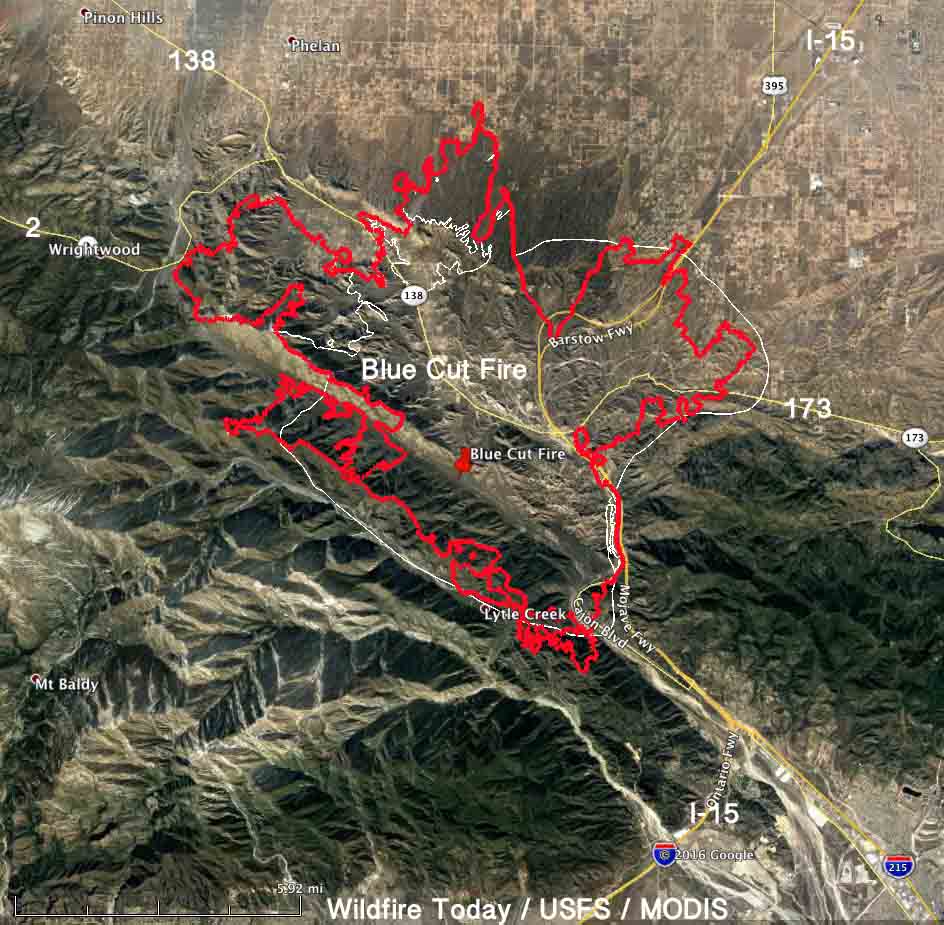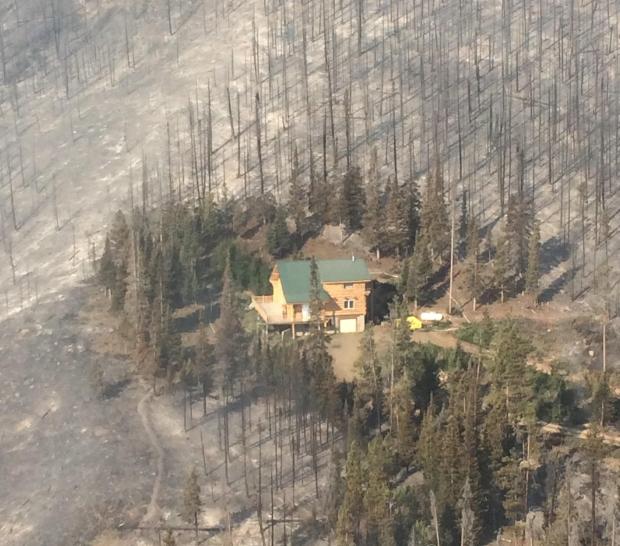
Photos are being collected of purple ribbons honoring Justin Beebe, the wildland firefighter killed by a falling tree August 13 while fighting the Strawberry Fire in eastern Nevada. The photos will be collected and then posted together on social media as a way to show Justin’s family respect, and honor his life.
If you would like to participate, take a photo of a purple ribbon on anything — a tree, utility pole, sign, fire truck — and Tweet it with the hashtag #rememberjustinbeebe. If there’s a clue in the photo about where in the world the photo was taken, that would be a bonus.
Below are examples.
I just ordered 100 yards of purple ribbon and should have it by mid-afternoon on Friday. If anyone in the Hot Springs, SD area wants some, send me a message.
The memorial service honoring Justin will be held at 11:00 a.m., Saturday, August 20 at Ogren Park at Allegiance Field, 700 Cregg Lane, Missoula (map). The public is invited to the memorial to pay their respects.
Justin is from Bellows Falls, Vermont and is a member of the Lolo Hotshots.
Additional information may be found at justinbeebememorial.blogspot.com. Condolences may be sent to justinbeebememorial@gmail.com.
On August 17 Justin was flown in a U.S. Forest Service aircraft from Las Vegas to Missoula accompanied by fellow Hotshot crewmembers and a USFS Honor Guard. From the Missoula airport he was escorted to a funeral home in Missoula where he will rest until the Memorial Service on Saturday.
The Memorial service in Vermont will be on Saturday, August 27 at 1 p.m. at the Bellows Falls Union High School auditorium. The address is 406 Union High School Road, Westminster, VT 05158 (map).



